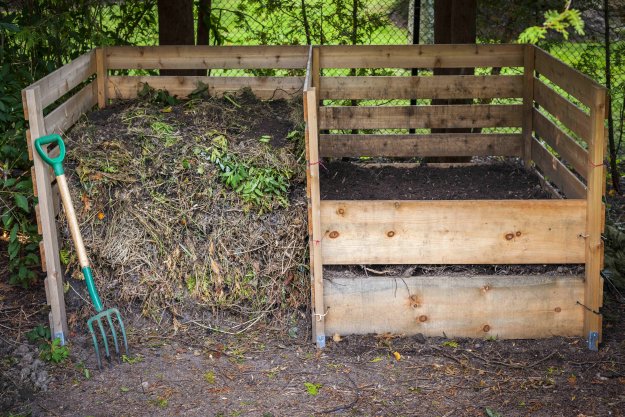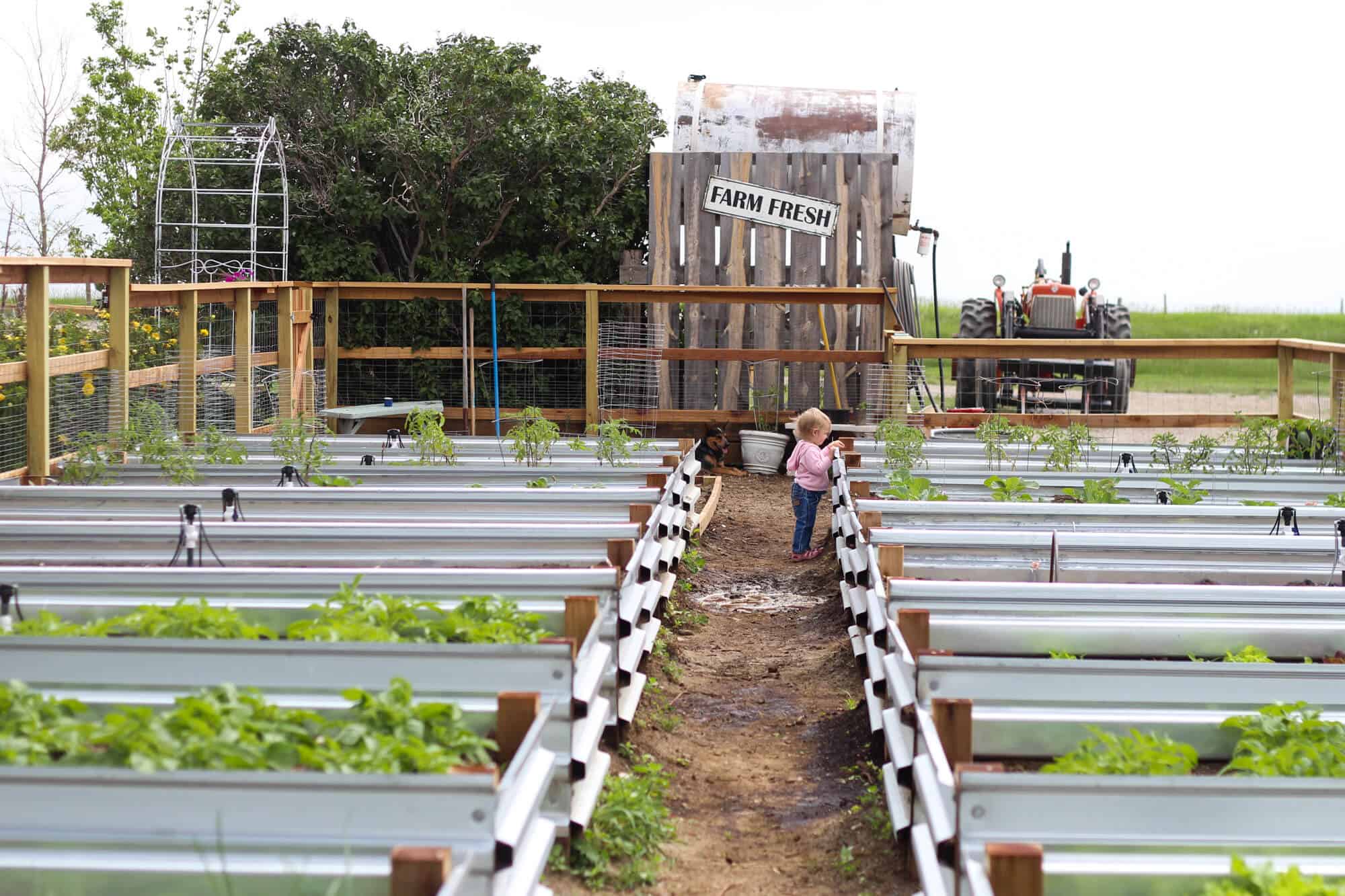Uncover the Keys to Creating a Lovely and Efficient Horticulture Room
Developing a stunning and effective horticulture room is not just an issue of growing blossoms and vegetables; it requires a tactical method that encompasses various essential aspects. From selecting the right location based on sunlight and dirt kind to thoughtfully developing your layout and choosing ideal plants, each choice plays an essential function in the success of your garden.
Selecting the Right Location
Selecting the optimal place for your garden is critical to its success and general aesthetic charm. The very first step in this procedure entails assessing sunshine exposure, as the majority of plants need at the very least 6 hours of direct sunshine daily (Homestead Gardening). A south-facing yard normally receives one of the most light, while shaded areas can restrain growth and blooming
Additionally, take into consideration soil top quality and drainage. Well-draining dirt is important to protect against waterlogged origins, which can result in plant illness. Conducting a soil examination can provide useful information relating to pH degrees and nutrient web content, enabling you to change the dirt accordingly.
Moreover, closeness to water sources is one more aspect to consider - Homestead Gardening. Having easy access to a pipe or watering system can streamline the watering process and encourage constant plant treatment. Wind defense is additionally essential; placing your garden near structures, such as wall surfaces or fencings, can secure it from severe winds that might harm fragile plants
Finally, take into consideration ease of access for upkeep and harvesting. A well-placed garden permits hassle-free access, ensuring that you can quickly often tend to your plants without causing undue tension or disturbance. Thoughtful location selection lays the foundation for a flourishing garden.
Choosing Plants Sensibly
When selecting plants for your garden, it's important to take into consideration factors such as climate, dirt problems, and individual choices to make sure a harmonious and efficient space. A comprehensive understanding of your regional climate will lead you in picking plants that grow in your details setting. Selecting drought-resistant ranges is helpful in arid regions, while moisture-loving types may be much more suitable for areas with high rains.
Soil problems are similarly vital; conducting a dirt examination can reveal pH degrees and nutrition content, enabling you to choose plants that will certainly grow. Native plants are often a superb option, as they are usually well-adapted to local dirt types and need less upkeep.
Show on your personal preferences-- picking plants that reverberate with your aesthetic tastes will improve your satisfaction and commitment to maintaining your garden. By thoroughly reviewing these factors, you can create a varied and growing plant selection that raises your gardening experience.
Designing Your Garden Design
With an attentively picked plant option in hand, the following action is to develop a yard layout that maximizes both charm and capability. Begin by assessing the available space, thinking about factors such as wind, sunshine, and shade patterns. A well-planned layout must include various zones, consisting of areas for planting, paths, and perhaps seating.
Start with bigger plants or centerpieces, such as trees or tall perennials, put purposefully to create aesthetic passion. Layer smaller sized plants in front to enhance deepness and structure. Take into consideration the development habits of your picked plants; taller selections must be positioned at the back or center of beds, while much shorter ones can line the edges.
Incorporating paths not just helps with access for maintenance yet additionally invites expedition. Usage materials that enhance the garden's overall visual, whether rock, gravel, or timber chips.
In addition, think of seasonal changes and exactly how your format will look throughout the year. Incorporating evergreens alongside seasonal flowers can make certain year-round charm. Ultimately, a properly designed garden design integrates the natural beauty of plants with sensible factors to consider, leading to a space that is both inviting and effective.
Enhancing Soil Wellness

To boost soil health, begin by conducting you can check here a soil examination to analyze pH degrees, nutrient material, and soil structure. Include natural issue such as garden compost, well-rotted manure, or fallen leave mold and mildew to boost dirt framework, water retention, and microbial task.
Mulching is another effective strategy; it not only conserves moisture but also suppresses weeds and gradually enriches the dirt as it damages down. Staying clear of too much husbandry is crucial, as it can disrupt soil structure and injury advantageous organisms. Instead, take on no-till find more information or marginal husbandry methods to preserve dirt integrity.

Preserving Your Garden Effectively
A properly maintained yard provides satisfaction and performance, needing constant attention to ensure that plants thrive and the landscape remains inviting. Efficient yard upkeep entails numerous vital techniques that improve the health and wellness of your plants and the overall aesthetic of your area.
Routine watering is vital; nonetheless, it is vital to customize your watering routine based on the details requirements of your plants and local environment problems. Mulching can help preserve wetness, suppress weeds, and manage soil temperature. Timely weeding prevents competition for sources and nutrients, ensuring that your plants prosper.
Pruning is an additional necessary task. It urges healthy development, removes diseased or dead branches, and forms plants to preserve an attractive framework. Additionally, checking for illness and bugs is important; early detection and treatment can conserve your plants from significant damages.
Fertilizing ought to be implemented thoughtfully, utilizing natural options whenever possible to advertise long-term soil health and wellness. Seasonal jobs such as growing, dividing perennials, and preparing for winter season will certainly guarantee your yard remains dynamic year-round. By complying with these techniques diligently, you can cultivate a garden that is both efficient and lovely.
Conclusion
Choosing an appropriate location with ample sunshine, choosing ideal plants, making a cosmetically pleasing design, enhancing soil wellness, and making sure routine upkeep are crucial parts. By integrating these practices, one can grow a flourishing garden that not just improves the landscape but additionally promotes eco-friendly equilibrium and sustainability.
From selecting the right area based on sunlight and dirt type to attentively creating your layout and picking appropriate plants, each decision plays an essential role in the success of your yard. Well-draining soil is crucial to stop water logged roots, which can lead to plant diseases.When selecting plants for your yard, it's vital to consider aspects such as climate, soil problems, and personal preferences to make certain a productive and harmonious area. Inevitably, a well-designed yard layout balances the all-natural beauty of plants with functional considerations, resulting in an area that is both welcoming and productive.
